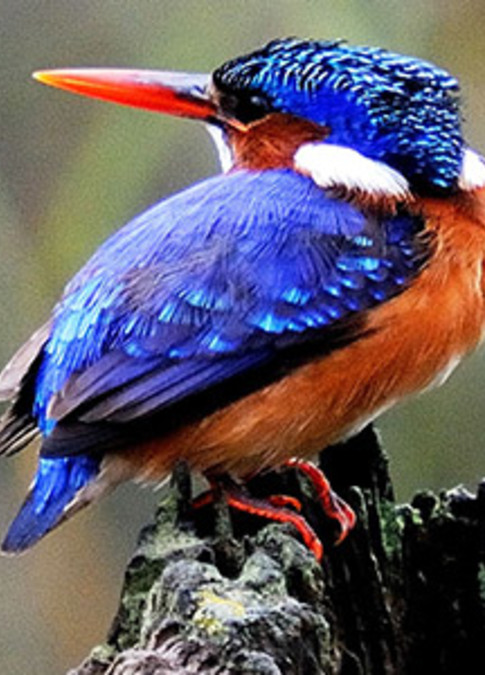South African Porcupine Released at Kariega
Cape Porcupine Released onto Eastern Cape Reserve
We received a call from a local plant nursery in need of some help with a Cape or South African porcupine. In this short video you will see that we were able to capture the creature and release it safely onto the reserve. The porcupine was clearly delighted with his new found freedom.
South Africa has the Largest Species of Porcupine
Cape porcupines are the largest species of porcupine in the world. They measure 63 to 81 centimetres (25 to 32 inches) from the head to the base of the tail. Their tail adds a further 11–20 centimetres (4.3–7.9 inches). They can weigh up to 30 kilograms (66 pounds).
The reason that the nursery wanted to relocate the porcupine was because it was eating their plants! Porcupines eat mostly plant material, including fruit, tubers, roots, bark and bulbs.
They are monogamous but live as pairs when they mate and take care of their young together. The gestation period of a porcupine is approximately three months and litters are between one and three young. Baby porcupines are called porcupettes and they take a year to reach full adult size.
Cape porcupines are striking to look at as they are covered in sharp black and white quills. These typically lie flat until the animal is threatened. These fascinating creatures are a rare and special sighting (especially when showing off their black and white armour). As they are nocturnal you will have to keep your eye out for them while on night drives at Kariega. You might be lucky to hear (and see) them foraging for food near your lodge in the middle of the night!
Conservationist Bart Logie shared his encounter with a porcupine in one of his blogs. Read about it here.
Did you see a Cape porcupine while at Kariega? We would love to hear about it, please share it with us by emailing bronwen@kariega.co.za or posting on the Kariega Facebook page.










